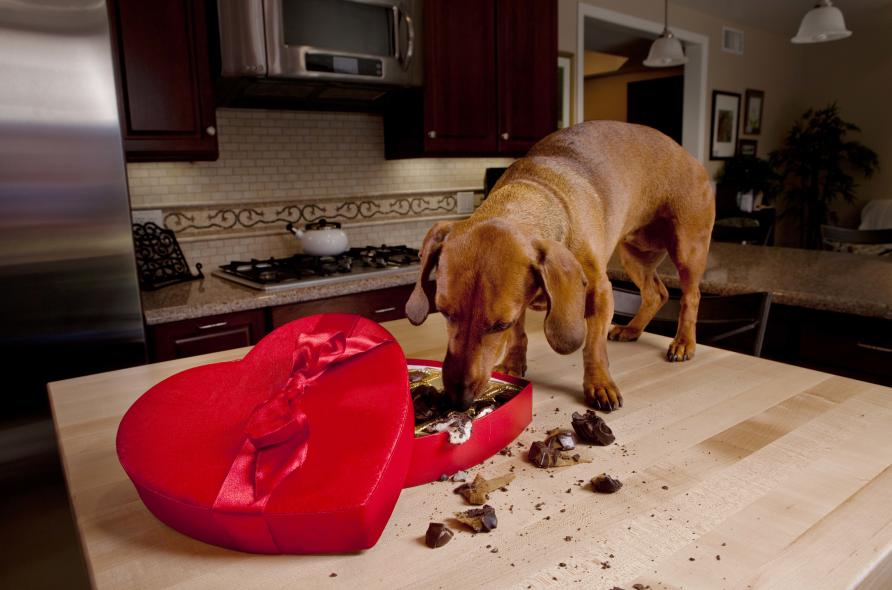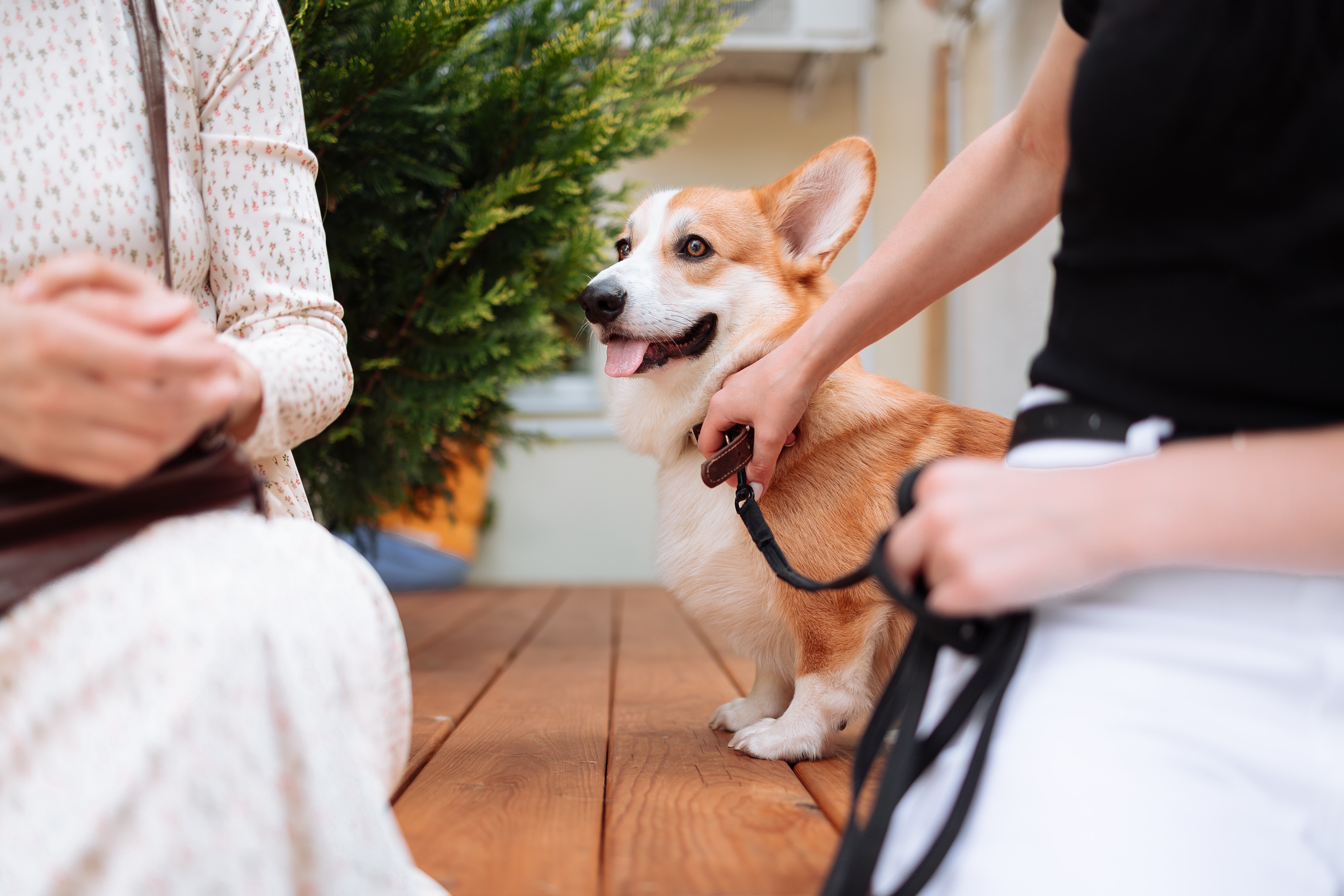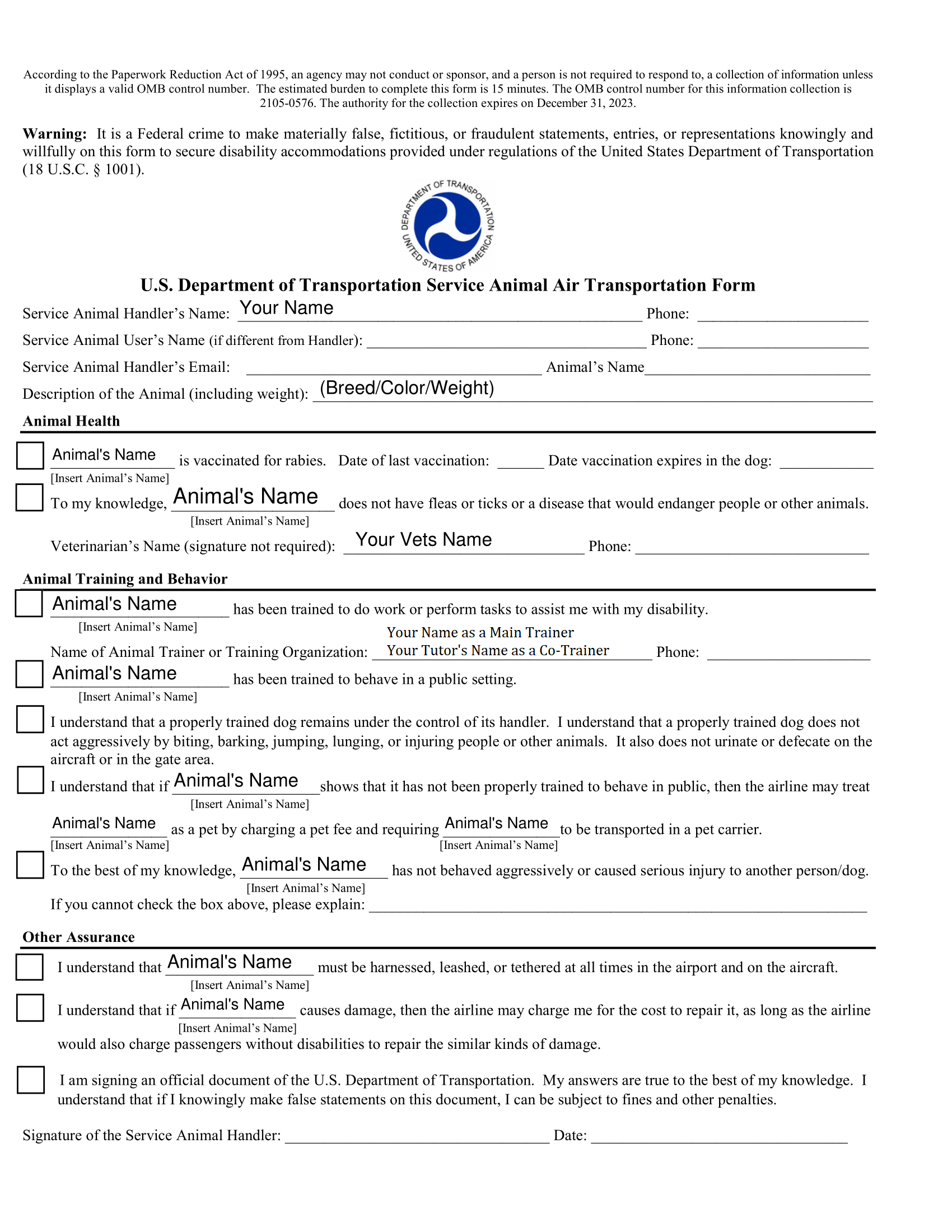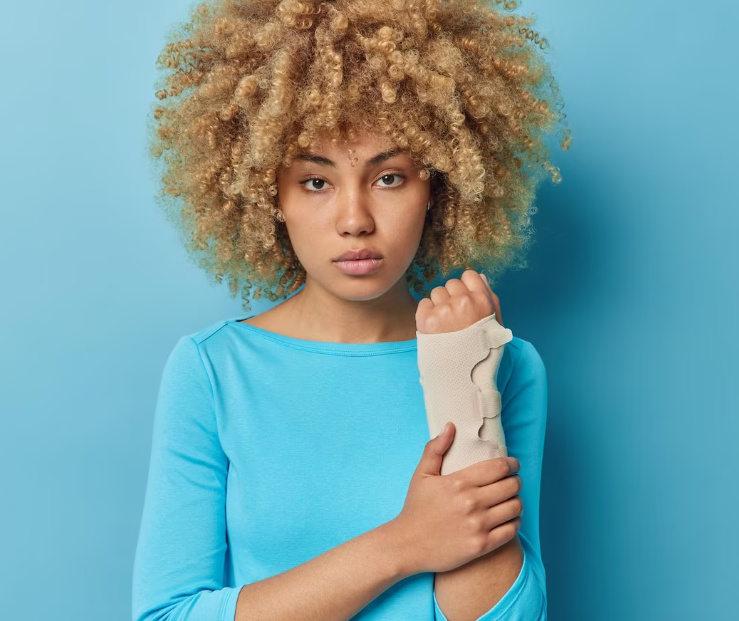
We pet owners tend to give our furry friends too much food, as often we can not resist their begging eyes full of love. Although we know how important is for the food to be healthy and in reasonable portions, we are likely to overfeed our dogs. Some dogs are really greedy and they have interest in all kinds of food, especially if they notice that we are consuming certain food near them. It is really important that we prevent our canines from eating certain meals, as these can be not only unhealthy but also extremely dangerous for our fluffy friends.
In this article, we will cover another dog’s health-related topic, namely the proper actions that we should take if our dog has eaten chocolate. We will also explain why exactly one of the most favorite foods for many people can be so dangerous for dogs.
Why Is Chocolate Toxic for Dogs?
According to veterinarians two of the chocolate’s ingredients: caffeine and methylxanthines theobromine, can lead to increased heart rate, overstimulation of the nervous system, and kidney damage. Canines can not metabolize these stimulants as humans can. How toxic a bar of chocolate can be for your canine, depends on how high the levels of these ingredients in the chocolate are and what amount of the chocolate your dog has eaten. Some types of chocolate are more toxic than others. The bigger the amount of cocoa in the chocolate, the more noxious is the effect on your dog. Hence, you should be extremely careful if you like eating dark chocolate, and it can be found on the shelves in your kitchen. White chocolate is considered the least dangerous chocolate type. However, that does not mean that you should give your dog white chocolate, as it contains large amounts of fat and sugar, that can irritate the stomach.

What Are the Symptoms That Your Dog Got Poisoned With Chocolate?
You are likely to notice symptoms within 6-12 hours after your dog has eaten chocolate. These may last up to 72 hours.
If your canine has eaten about 20 mg of theobromine (per kg of his/her weight), you may notice mild symptoms of toxicity.
If your furry friend has eaten 40-50 mg of theobromine per kilogram of his/her weight, cardiac symptoms may be noticed.
If the amount of theobromine consumed by your dog is about 60 mg or more per kilogram, seizures may occur.
In general, the most common symptoms that may occur are:
abnormal heart rate, diarrhea, vomiting, tremors, high levels of urination, collapse, nervousness
According to the information provided above the risk of toxicity in smaller breeds is bigger than the same in larger breeds. Even one chocolate bar can have a really negative effect on your small breed dog, but will not be so dangerous when consumed by a large dog. However, we would recommend, that you do not give your dog, regardless of his/her weight, chocolate as a treat. There are treats on the market, whose ingredients are specially adjusted to the dogs‘ metabolism.

How to Find Out If Your Dog Has Eaten Chocolate
If you find an empty chocolate wrapper in your home, and you are sure that neither you nor your family members have eaten the chocolate, it is likely that your dog has found it and consumed it.
Always monitor the body language and the behavior of your dog. Is it normal? Do you recognize any of the symptoms mentioned above? Luckily for us pet owners, dogs can express how they feel- are they hurt and in pain, are they happy and joyful, angry, playful...etc. We just need to learn to read their body language.
What to Do After We Confirm That Our Dog Has Eaten Chocolate?
We have to stay calm and call a veterinarian immediately. It will be really helpful if we know what type of chocolate and what amount of it our dog has consumed, so that we can provide this information. We would recommend that you weigh your canine regularly, as knowing this information may be really helpful in such situations.
You may be required to bring your dog to the clinic.
If your canine has eaten chocolate within 2 hours prior to the clinic visit, the veterinarian is likely to make your dog vomit and give him/her activated charcoal so that the toxins in his/her body can be cleaned up. Depending on how serious the condition of your canine is, he/she may need to be treated additionally and stay in the clinic for one or two nights.
Let’s summarize the most important details you may need to provide to your veterinarian, if your dog has eaten chocolate:
1. The type of chocolate;
2. The amount of chocolate;
3. Your dog’s weight.
We reach the part where you may need or may want to take actions while in home. Immediate actions can be crucial for the health of our dog but please remember that you are not a medical professional and you need to be extremely careful when trying to apply home remedies.
What Actions You Can Take at Home?
As stated above, the first step that you should take is to call a veterinarian. There are some pieces of advice available online on how to make your dog vomit using hydrogen peroxide. You need to be careful if you want to apply this method in your home (we do not recommend it), as salt can be as toxic for your dog as chocolate when consumed in bigger amounts. Moreover, your veterinarian needs to confirm the type of chocolate and its amount first, so do not take any actions before that.
The use of activated charcoal or hydrogen peroxide may be prescribed by your veterinarian as a remedy preventing the theobromine to be absorbed by the body. The activated charcoal usually needs to get mixed with your canine’s water.
However, you may not want to use either hydrogen peroxide or activated charcoal without the supervision of a medical professional or at least without information about the proper amount that needs to be given to your dog. As mentioned above you need to pay attention to the amount of salt that your dog consumes.
How to Prevent Your Dog From Eating Chocolate
We would recommend that you never place chocolate in places easy to access by your dog.
Always lock products containing cocoa in safe places, as the high levels of cocoa can be extremely dangerous for your dog.
Always supervise your dog and your family members, especially if you have children, that may want to give your canine a treat.
Regularly check potentially dangerous food for your dog and verify that none of it is missing.
Our goal as good pet owners is to supervise the health of our furry friends and to ensure that the food they eat is healthy and in reasonable amounts.












